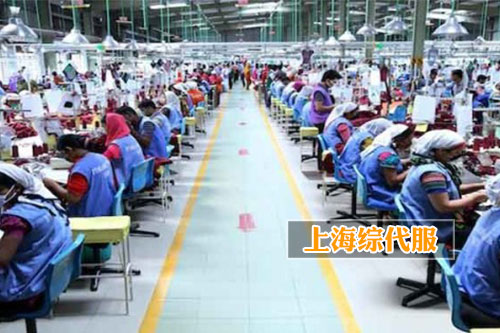
Bangladeshs garment industry is the countrys main export industry and one of the worlds largest garment producers, however, a recent Research and Policy Integration to Promote Development (RAPID) report pointed out that in the coming years, the growth of the artificial fiber garment market will continue to be larger than the cotton market, which means Bangladeshs garment industry must adapt to this market change.
In 2021, local textile factories contributed only 15 percent of Bangladesh’s total exports of artificial fiber clothing, about 70 percent of imported raw materials from China and 10 percent from India. However, due to fears that China is subject to more restrictions, global clothing procurement from other countries is increasing, which in turn will make Bangladesh import more clothing raw materials from India. As the raw material market expands to Bangladesh, India is focusing on improving its artificial fiber clothing infrastructure.
In 2022, Bangladesh’s clothing exports grew by 9.5 per cent, and in July, August and November grew by 71 per cent, 50 per cent and 27 per cent. However, the decline of Tacca led to a decline in December’s exports. In 2022, Bangladesh’s clothing exports (in U.S. dollars) jumped by 30.4 per cent in 2021, up by 27.6 per cent in comparison. The total clothing exports to the EU grew by 28.5 per cent, accounting for 50 per cent of total exports, while exports to the U.S. market accounted for only 20 per cent.
Although U.S. demand has been suppressed by a slowdown in retail sales, U.S. market share is expected to increase in 2023. The latest U.S. data confirms U.S. procurement trend shift from China to Bangladesh. In January 2023, the amount of clothing imported by the U.S. from Bangladesh decreased by 5.6%. However, when calculated in U.S. dollars, Bangladesh’s exports rose 15.4 percent over the same period of the previous year, and a single price increase of 22 percent.


 Follow the customer service WeChat account.
Follow the customer service WeChat account.